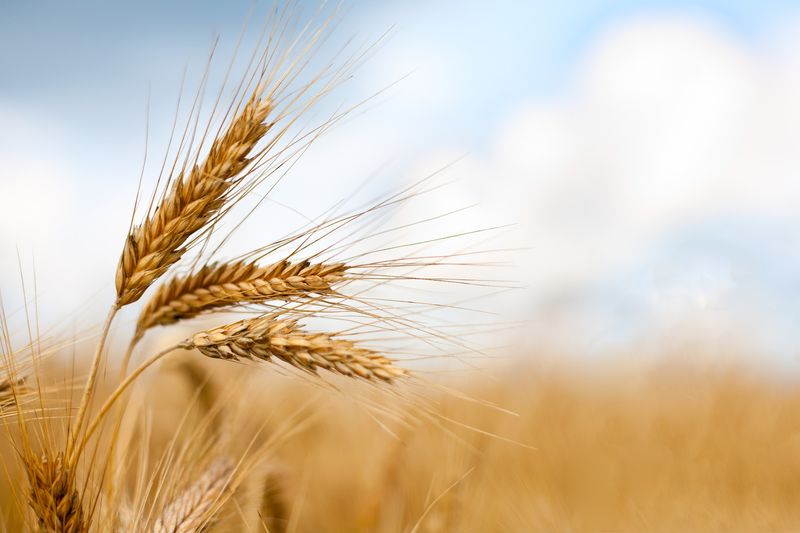Ireland. Did you forward sell grain in 2021?

The decision to forward sell grain is one that comes up every growing season for Irish tillage farmers, seeking to maximise their margins.
Grain prices at harvest this year were excellent. But given that the market was €30 to €40/t weaker 12 months earlier, it’s worth asking the question: How many Irish farmers forward sold grain as the 2021 growing year progressed?
Teagasc tillage specialist, Shay Phelan, confirmed that forward prices were offered to farmers towards the end of 2020.
He stated: “There was a small uptake on the part of growers to look at forward selling options.
“Some malting barley growers may well have sold up to 20% of their 2021 crops prior to harvest.
“But throughout the spring prices continued to rise. Farmers always find it difficult to sell into a rising market,” he added.
“While a very small number of growers might have taken a small bit of cover on the strength of markets during the spring months, most would have waited to see what the harvest had to offer.”
Harvest of grain
Phelan confirmed that most growers left the bulk of what they had to sell until harvest.
He commented: “It’s the one year out of the last seven or eight when it paid to take this approach. Normally, we would see the trend going the other way.
“Most years, prices start to drop immediately after harvest. But 2021 was one of the few years when it paid not to sell anything until harvest time.”
Reflecting on the agronomic growing season that was 2021, Phelan confirmed that disease levels within crops remained low throughout the year.
“We had a very dry start to the spring, which meant that disease levels in crops were particularly low at that time,” he continued.
“We had a very dry April, which sets the tone for disease patterns later in the season.
“May turned out to be quite wet. But luckily enough, growers were able to get the work down during the windows that prevailed at the time. Any spraying that was required was competed in a timely fashion,” he added.
Phelan mentioned that yellow rust, however, was a big problem for some growers this year, especially in the north east and the drier parts of the country where they were growing susceptible varieties.
“However, septoria pressure on winter wheat was more of an issue in the south,” he explained.
“But, in general, most crops were a lot cleaner than would normally be the case. I can’t remember a year when I had seen as little disease pressure on oats as was the case in 2021.”
Read also
Wheat in Southern Brazil Impacted by Dry Weather and Frosts
Oilseed Industry. Leaders and Strategies in the Times of a Great Change
Black Sea & Danube Region: Oilseed and Vegoil Markets Within Ongoing Transfor...
Serbia. The drought will cause extremely high losses for farmers this year
2023/24 Safrinha Corn in Brazil 91% Harvested
Write to us
Our manager will contact you soon



